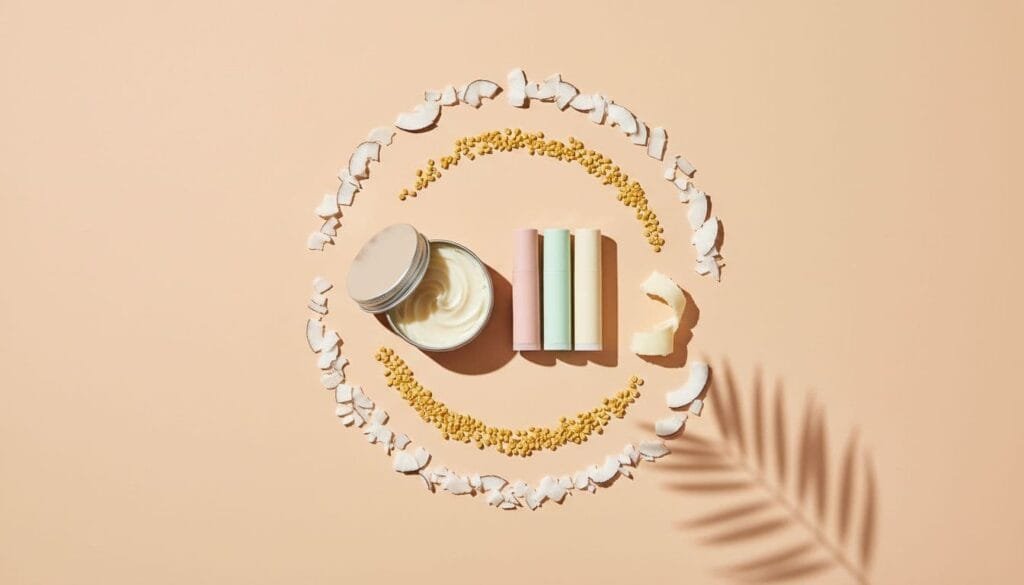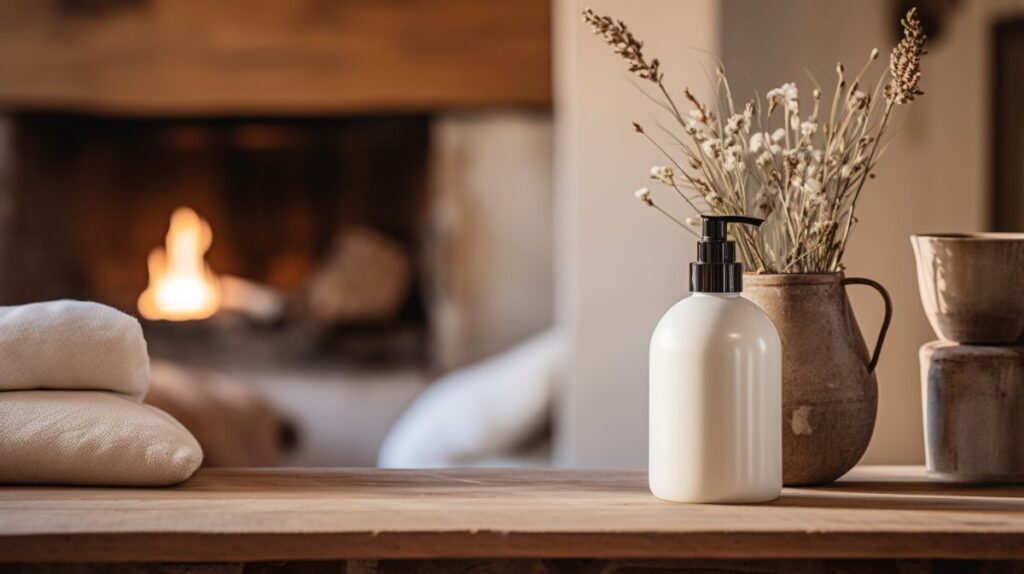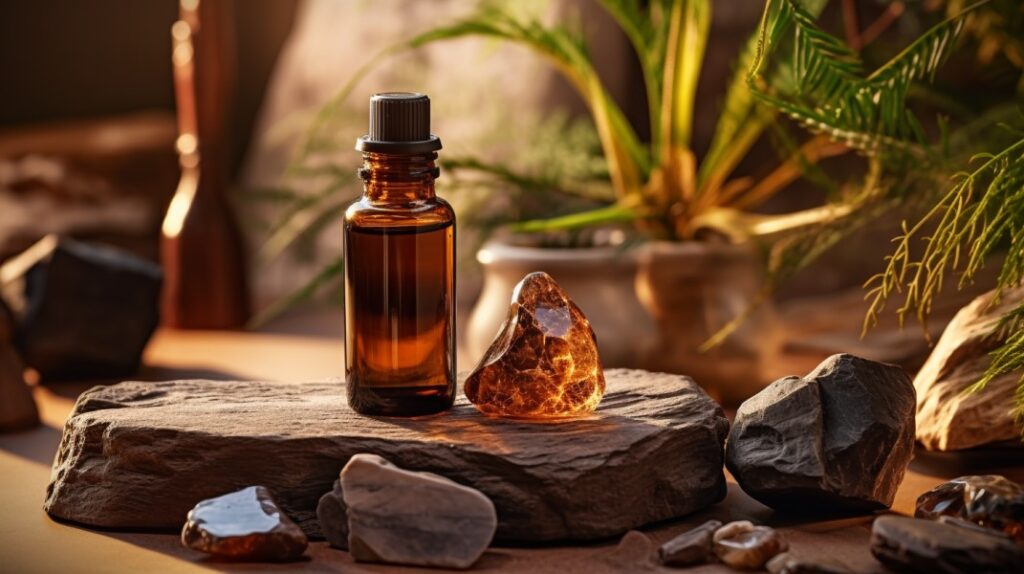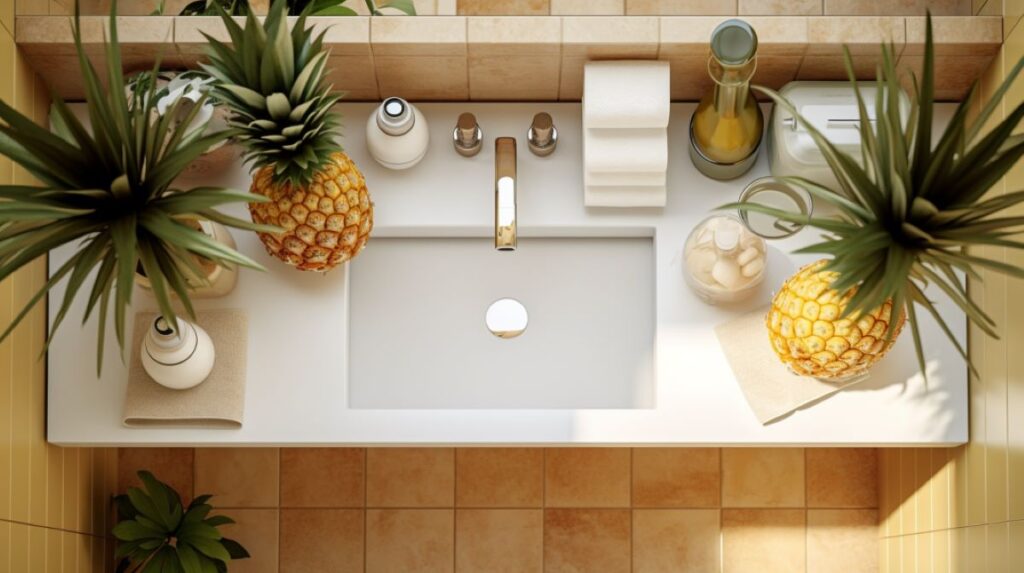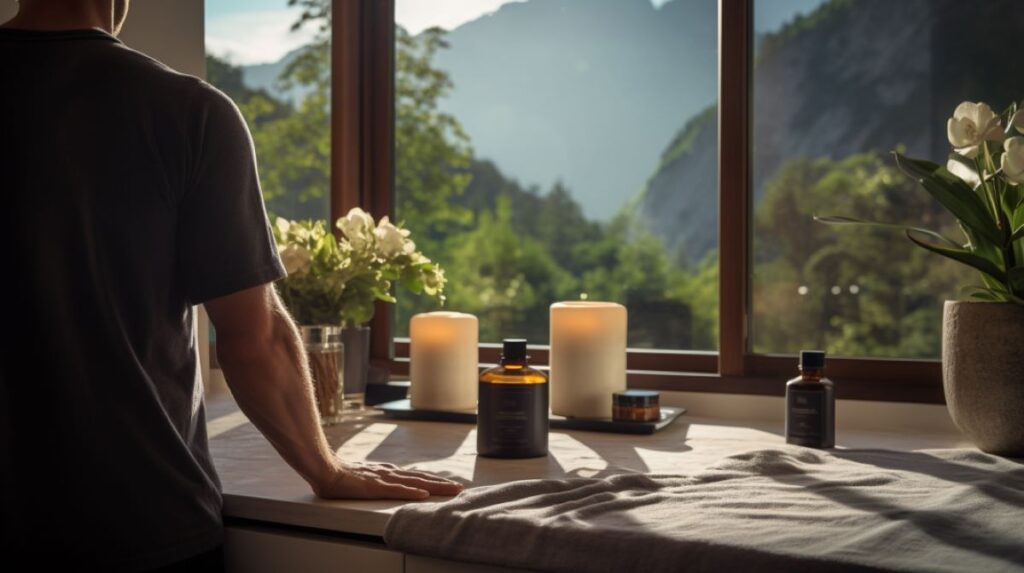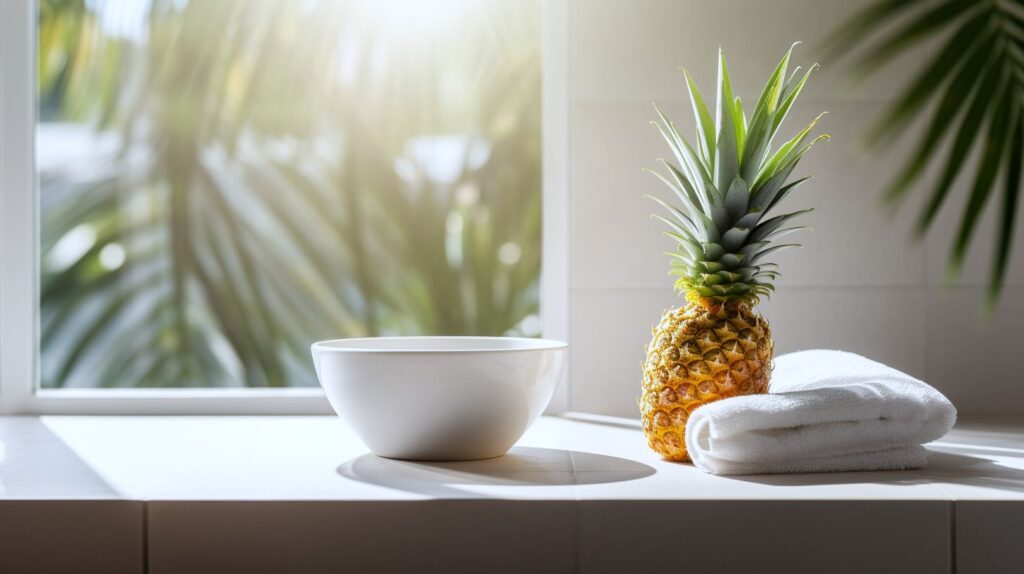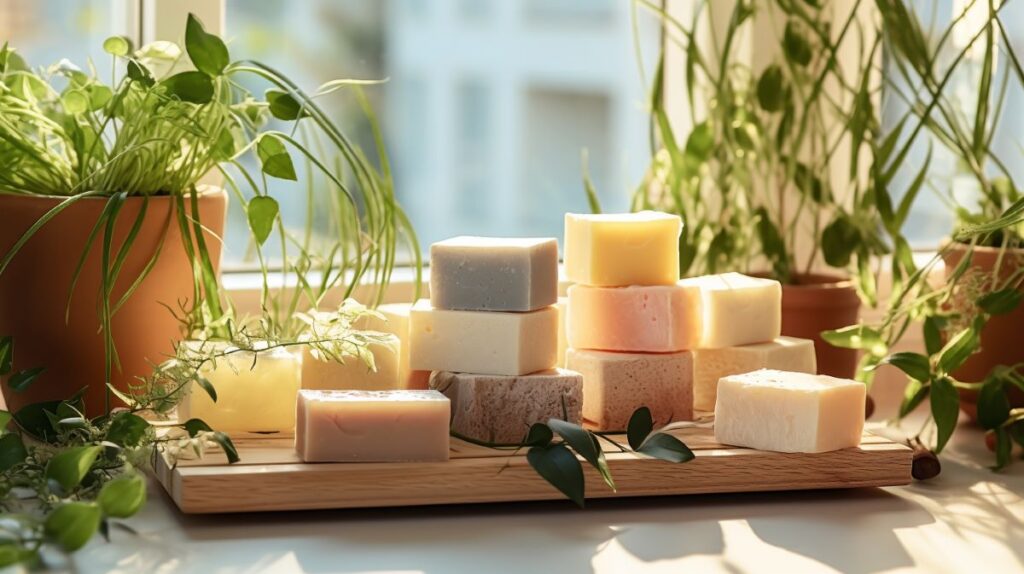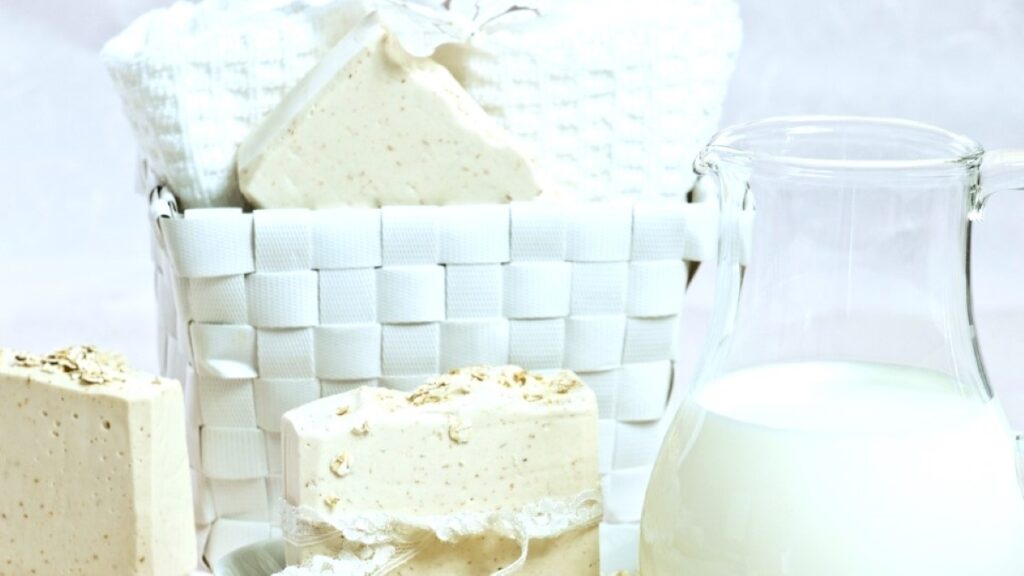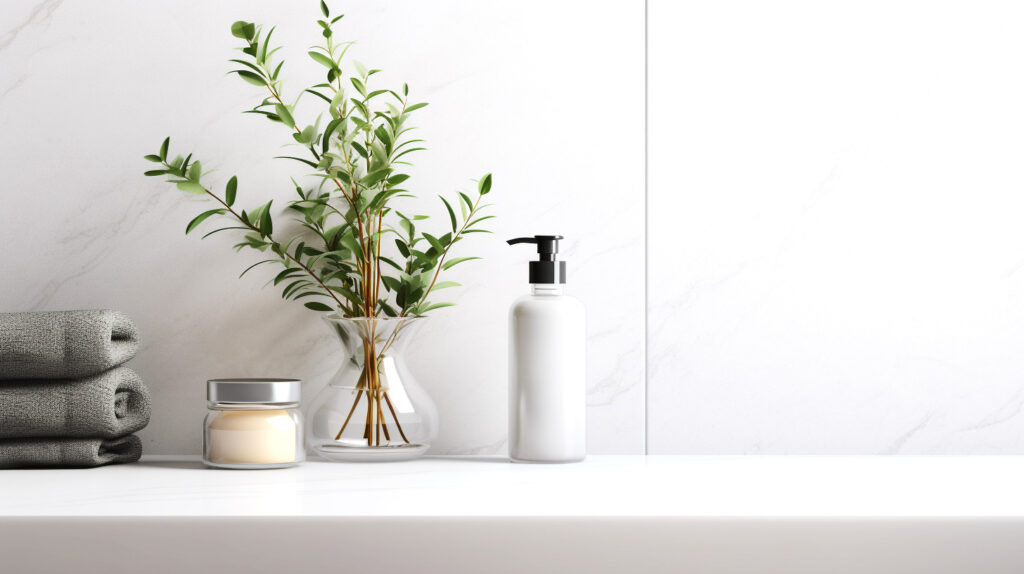3 Easy DIY Coconut Oil Lip Balm Recipes + Variations
3 Easy DIY Coconut Oil Lip Balm Recipes + Variations Soft, moisturized lips in under 15 minutes using ingredients you already have in the pantry. This homemade coconut oil lip balm is simple, family-friendly, and adaptable for any season. You […]
3 Easy DIY Coconut Oil Lip Balm Recipes + Variations Read More »
